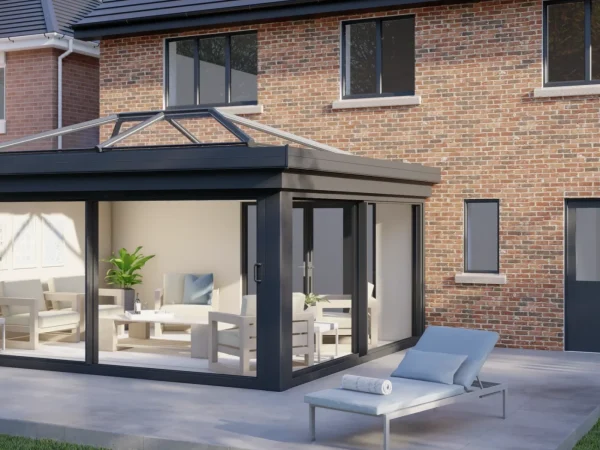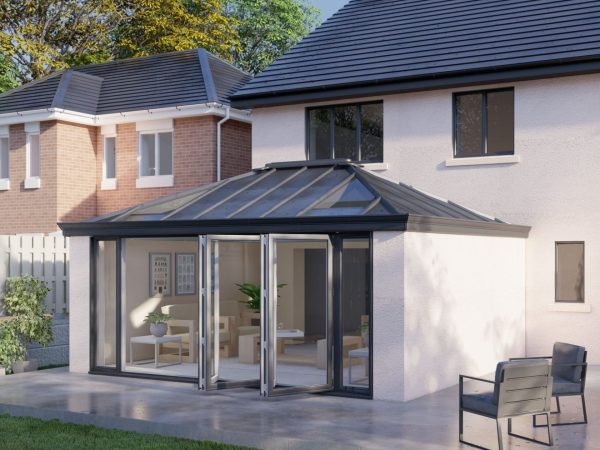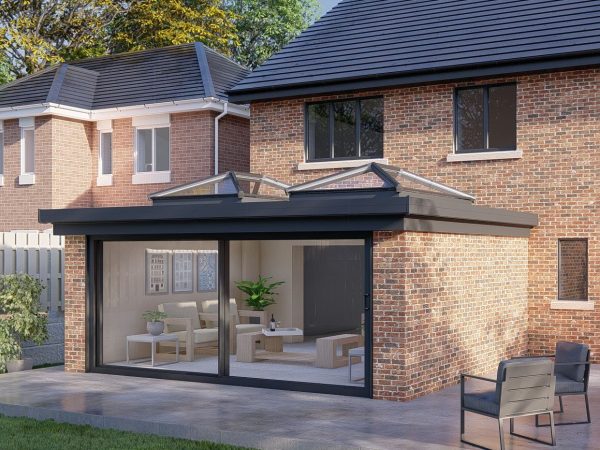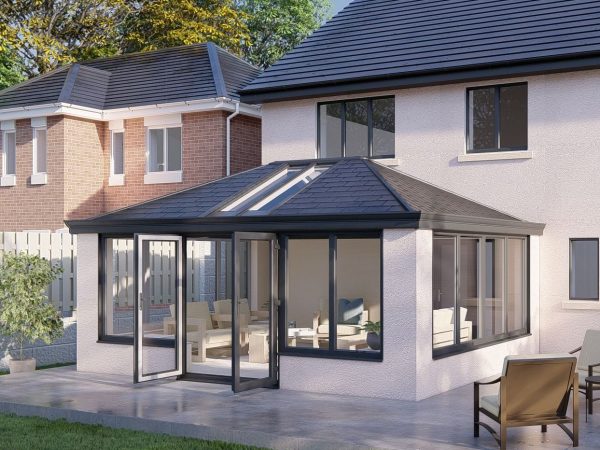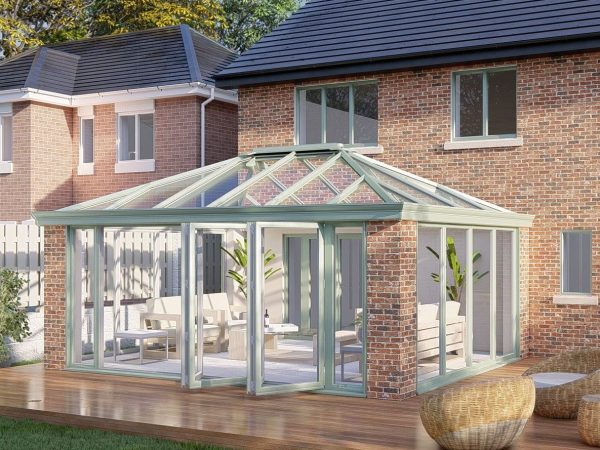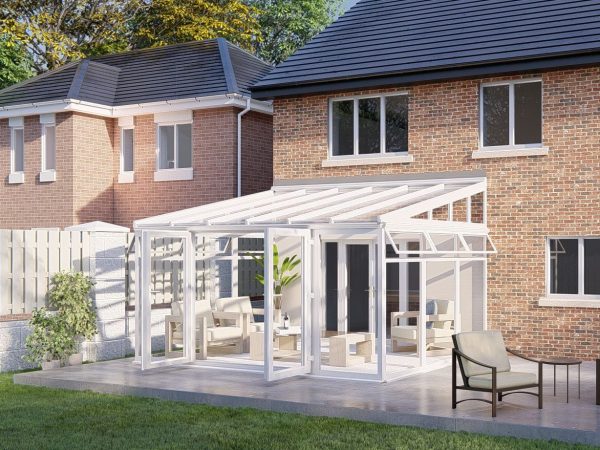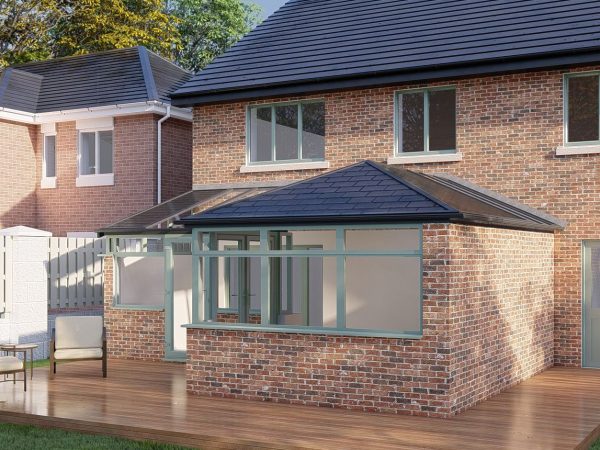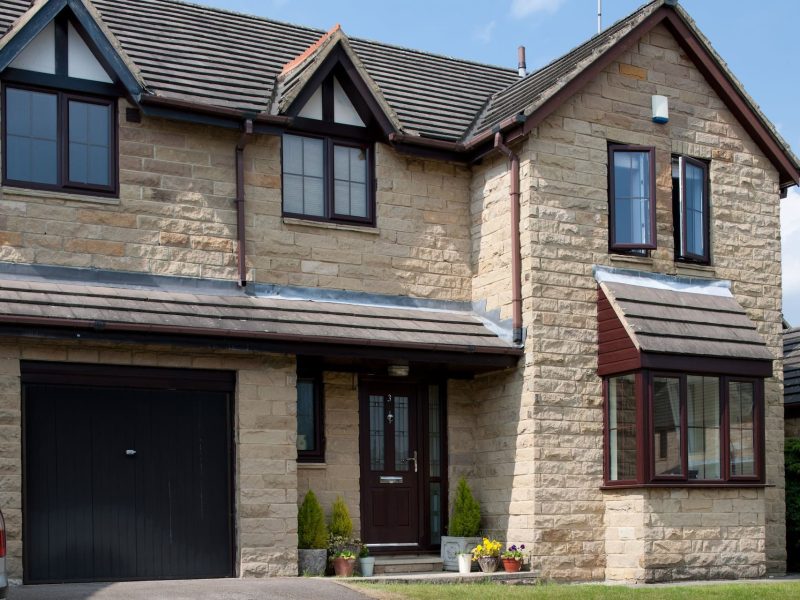Double Glazing
Double glazing has long been the standard in modern window installations across the UK. It consists of two panes of glass with a space between them. This space is typically filled with air or an inert gas like argon, which significantly enhances thermal insulation.
Why Invest In Double Glazing?
Double glazing offers several practical benefits that make it a popular choice for homeowners. One of its main advantages is insulation; it acts as a reliable barrier against external temperatures, helping to keep your home warmer in winter and cooler during the summer months. This thermal efficiency not only improves comfort but could also lead to noticeable energy savings over time.
In terms of cost, double glazing is generally more affordable than triple glazing, offering a strong balance between performance and price. It also helps reduce condensation by maintaining a stable indoor temperature, which can prevent moisture build up and the associated risk of damp or mould. Additionally, double glazing provides a decent level of sound insulation, helping to minimise outside noise and create a more peaceful indoor environment.
That said, there are a few limitations to consider. While double glazing performs well, it doesn’t offer quite the same level of thermal or acoustic insulation as triple glazing. For those living in extremely cold climates or particularly noisy areas, upgrading to triple glazing might be worth exploring.
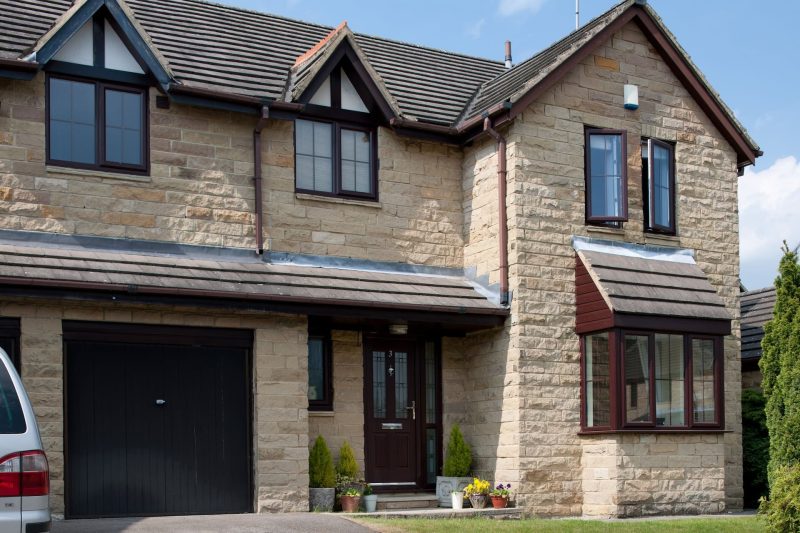
Triple Glazing
Triple glazing, as the name suggests, uses three panes of glass instead of two. This extra pane of glass and additional airspace further enhance the window’s ability to retain heat and insulate your home from external noise.
Why Invest In Triple Glazing?
Triple glazing is an excellent option for homeowners looking to maximise thermal efficiency and comfort. With an additional pane of glass compared to double glazing, it provides enhanced insulation, making it particularly well suited to colder climates or properties where maintaining warmth is a top priority. This extra layer also helps to keep heat in during the winter and reduce heat transfer in the summer, contributing to lower energy usage and increased indoor comfort.
Another key advantage is soundproofing. Triple glazing significantly reduces external noise, making it an ideal choice for homes located near busy roads, railways, or airports. Additionally, the third pane adds another layer of protection, improving overall window strength and offering increased resistance to forced entry, a valuable feature for homeowners prioritising security.
However, there are some drawbacks to consider. Triple glazing generally comes at a higher cost than double glazing, both in terms of materials and installation. The added weight can also require more robust frames and may not be suitable for all properties, especially older homes not originally designed to accommodate heavier glazing units, which could require additional structural work.
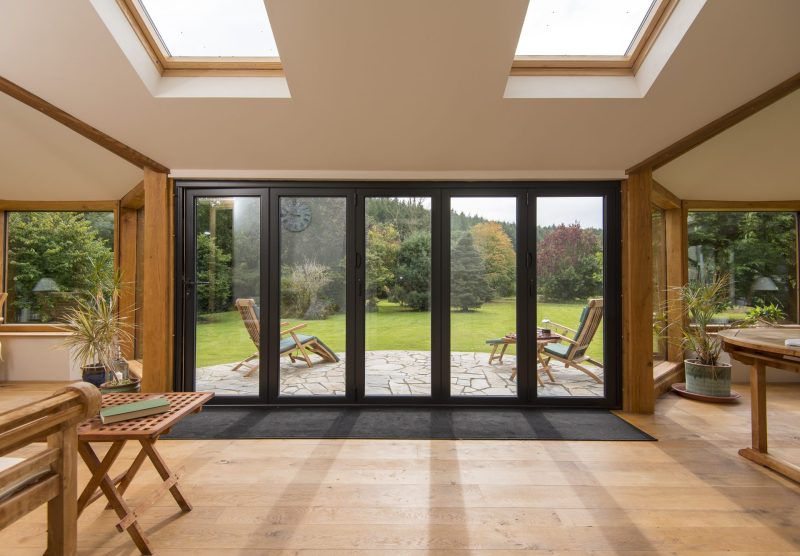
Which Should Your Choose?
The choice between double and triple glazing will depend largely on your specific needs and circumstances. If you’re looking for better thermal performance and sound insulation because you live in a colder or noisier area, triple glazing might be the way to go. However, if you’re restricted by budget or live in a milder climate, double glazing offers significant benefits and could be perfectly adequate.
Final Thoughts
Both double and triple glazing have their place in modern homes, offering substantial benefits in terms of energy efficiency, comfort, security, and even property value. At Kayvex Windows, we’re committed to helping you make the best choice for your home. Discover how our glazing options can transform your home this season with a quote tailored to your specific requirements.
Remember, as the colder weather closes in, it’s an opportune moment to consider upgrading your windows. Get in touch today, and let’s ensure your home is cosy and efficient for the autumn and beyond.
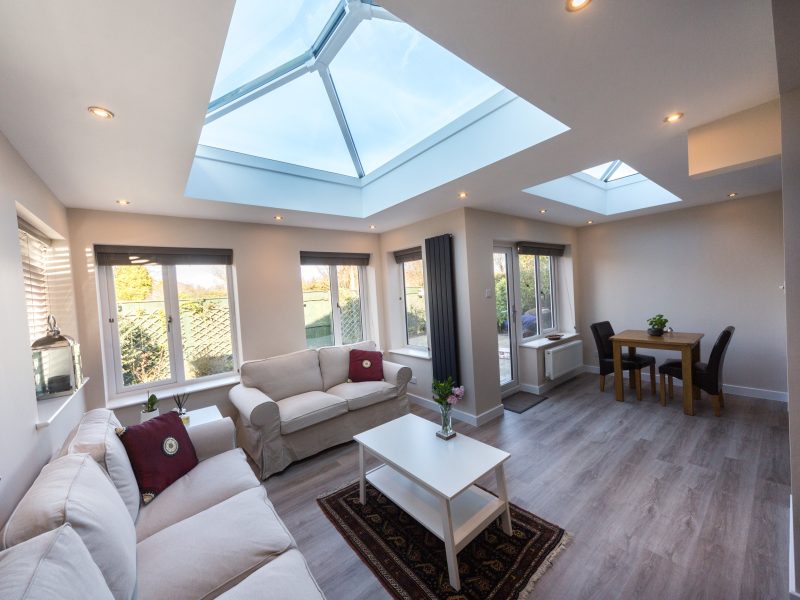 Architect Designed Living Spaces
Architect Designed Living Spaces
 Finance Options Available
Finance Options Available
